Photos: Kento Heindl
On 17 July, Lauder Business School along with its academic partners, TU Wien Space Team, KSat Stuttgart, and Senseair, and with its corporate partners, PwC Austria, refurbed, Vodafone, and Raiffeisen Landesbank Steiermark flew a weather balloon in the stratosphere.
After two intense days of assembly, integration, and testing, the team of LBS students guided by Prof. (FH) Ing. Mag. Robert Kotal CFP® EFA®, and the team of experts from KSat Stuttgart released the telemetry-collecting weather balloon against the backdrop of a perfectly clear and welcoming sky.
We started this project under the motto that “Space is hard!“ but nothing could have prepared us for the rollercoaster of emotions that we felt over the last two weeks, from the moment when the Stuttgart Air traffic control gave us the official approval, to the moment when we found the landing site of our space gondola. Excitement, restlessness, focus, creativity, and sometimes worry took turns, as our success depended on so many variables, despite our thorough preparations.
The wind, the heat on the ground, even the slightest possibility of a flawed balloon, a miscalculation of the burst altitude or inaccurate flight path predictions – any of these factors could have hindered the launch, led to a premature burst, or impeded the team to retrieve the collected data.
What the team lacked in sleep, they compensated for in enthusiasm – and their efforts really paid off: not only did they have a successful launch, but their balloon also managed to reach a record burst altitude of 37.500 meters above the sea level, which gave the device endowed with Senseair gas sensors ample opportunity to collect the targeted environmental data such as CO2 level, temperature, air pressure and humidity at all flight altitudes. Facing an altitude temperature of -52°C, all board systems worked properly during the two-hours ascent, after starting at the University of Stuttgart until the balloon burst at the peak of flight. Minutes before the burst, 2 high resolution cameras mounted on the outside of the flying capsule captured the moment, filming against the backdrop of the infinite blue horizon the corporate supporters of the project on the what must have been the highest ever advertising spot. After travelling 120 km in three hours, the capsule was recovered by three search-and-rescue student teams which tracked the GPS Data sent by the vehicle.
In the aftermath, the telemetry and other sensor data are being processed and will be handed over to the Central Institute for Meteorology and Geodynamics/ Zentralanstalt für Meteorologie und Geodynamik (ZAMG).
“This one-of-a-kind interdisciplinary project offered a lifetime experience for our students and showed them the opportunities existing in the fast growing space industry,” stated Prof. (FH) Kotal, who started the student project as part of the IoT-Futuretrail course at Lauder Business School.
“Our ultimate success,” affirmed Prof. (FH) Kotal, “is that our project opened a way for future joint efforts of this kind, and strengthened our collaboration with our academic partners and corporate supporters.”
Together with Prof. (FH) Kotal, Lauder Business School would like to thank partners and supporters that made this project happen:
- Thank you KSat Stuttgart team for your great work, support and energy which enabled our flight!
- Thank you TU Wien Space Team for your consulting that opened the door to the project and space industry!
- Thank you Vodafone, Raiffeisen Landesbank Steiermark, refurbed, PwC Austria and Senseair for your great support!

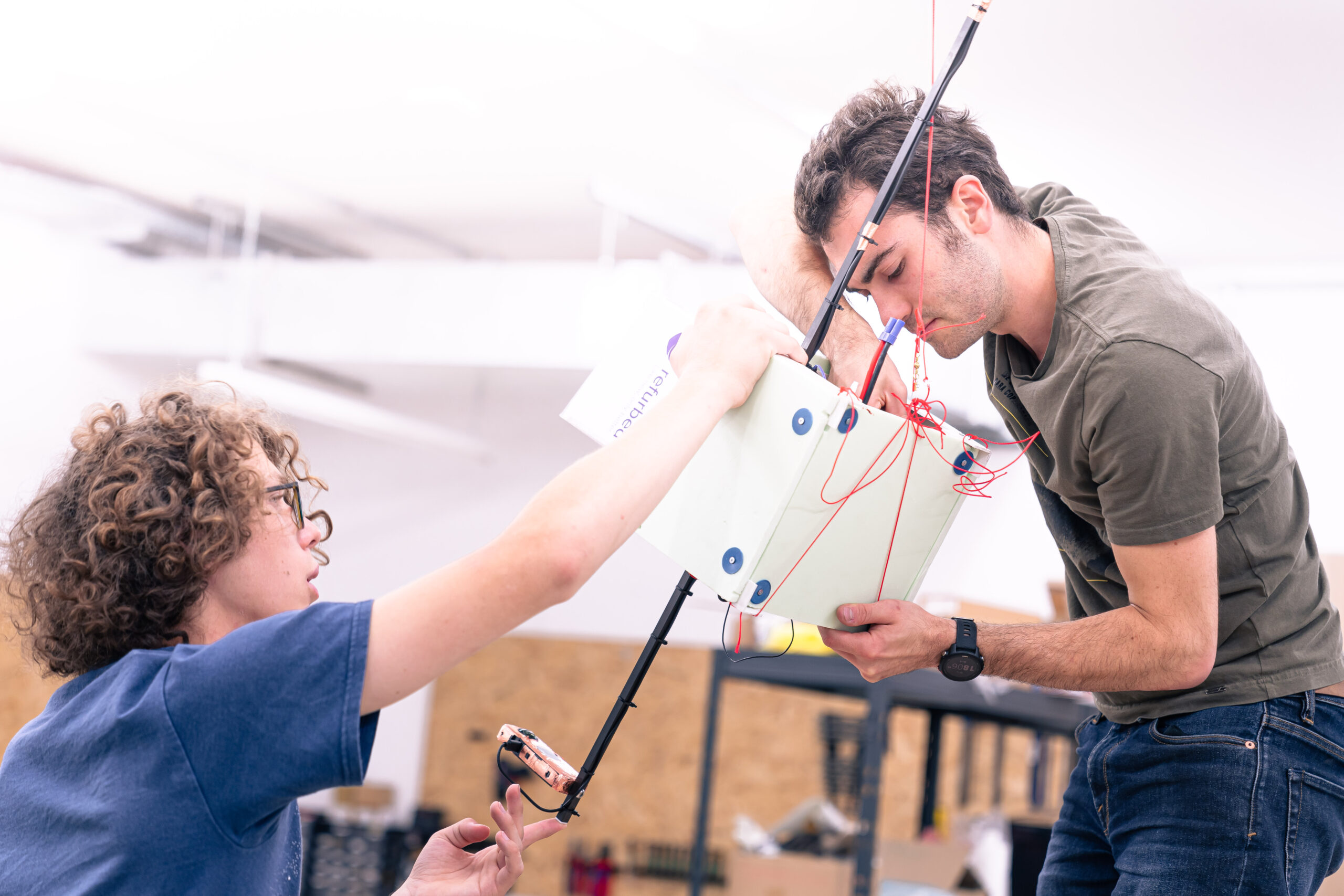


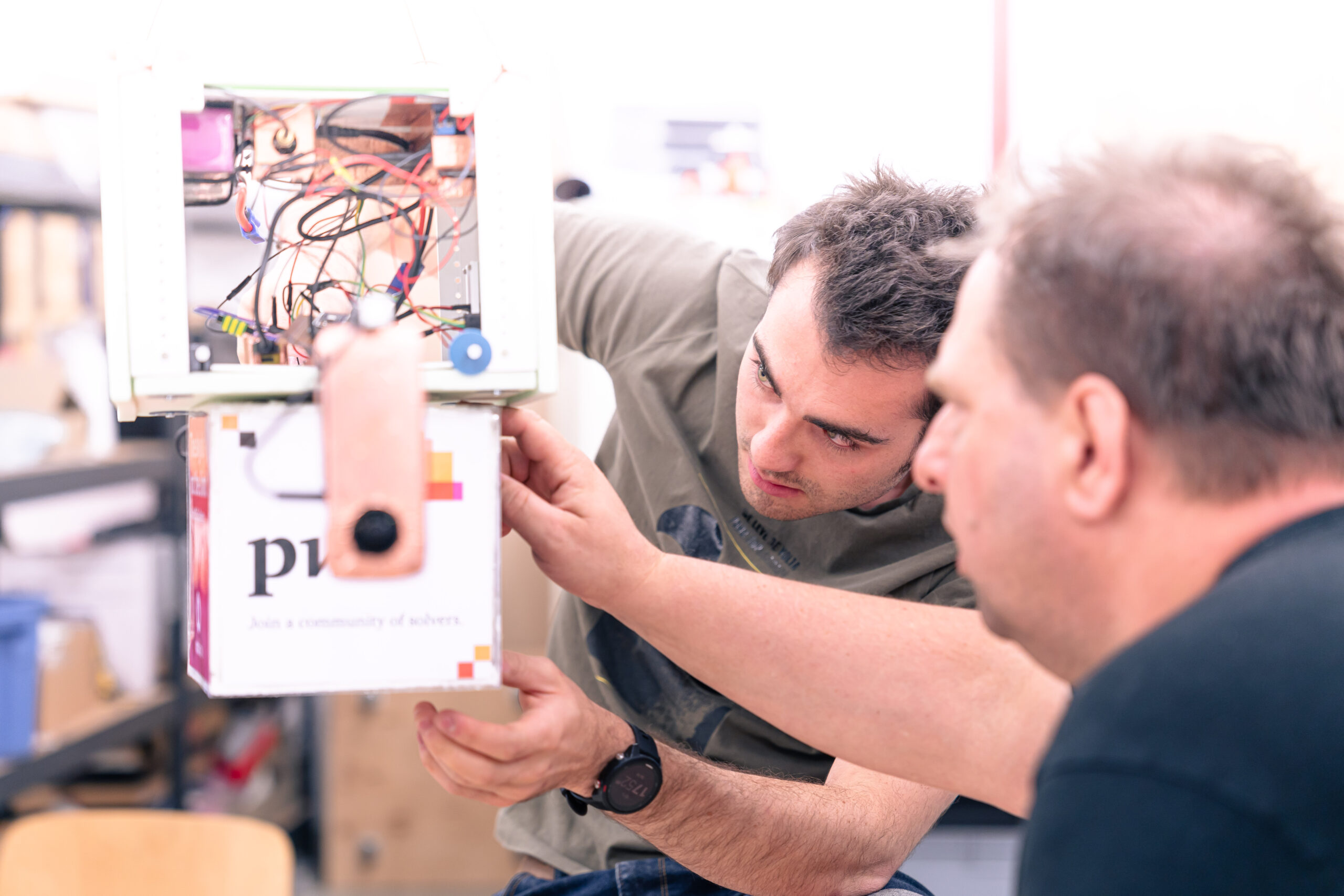



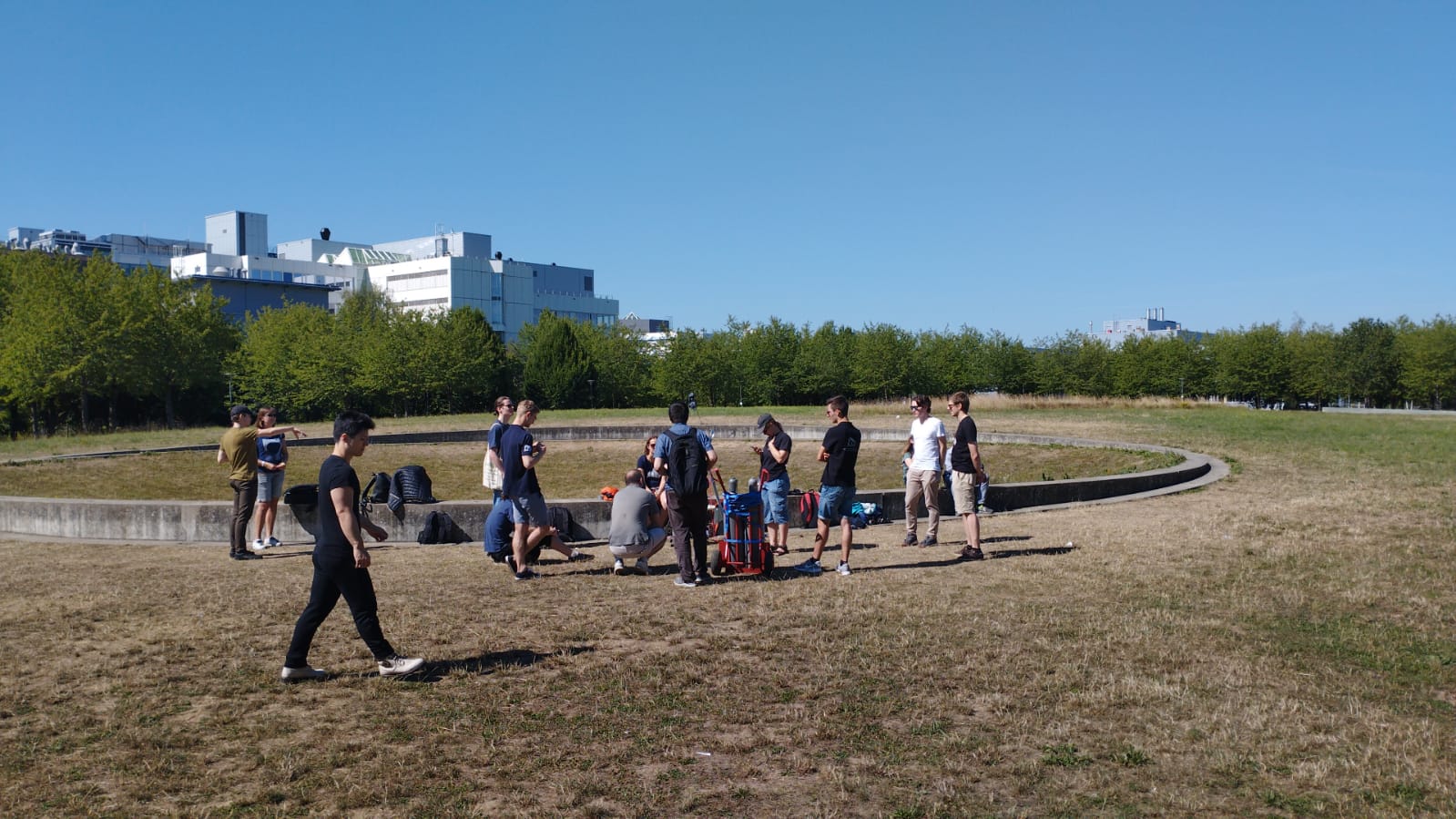

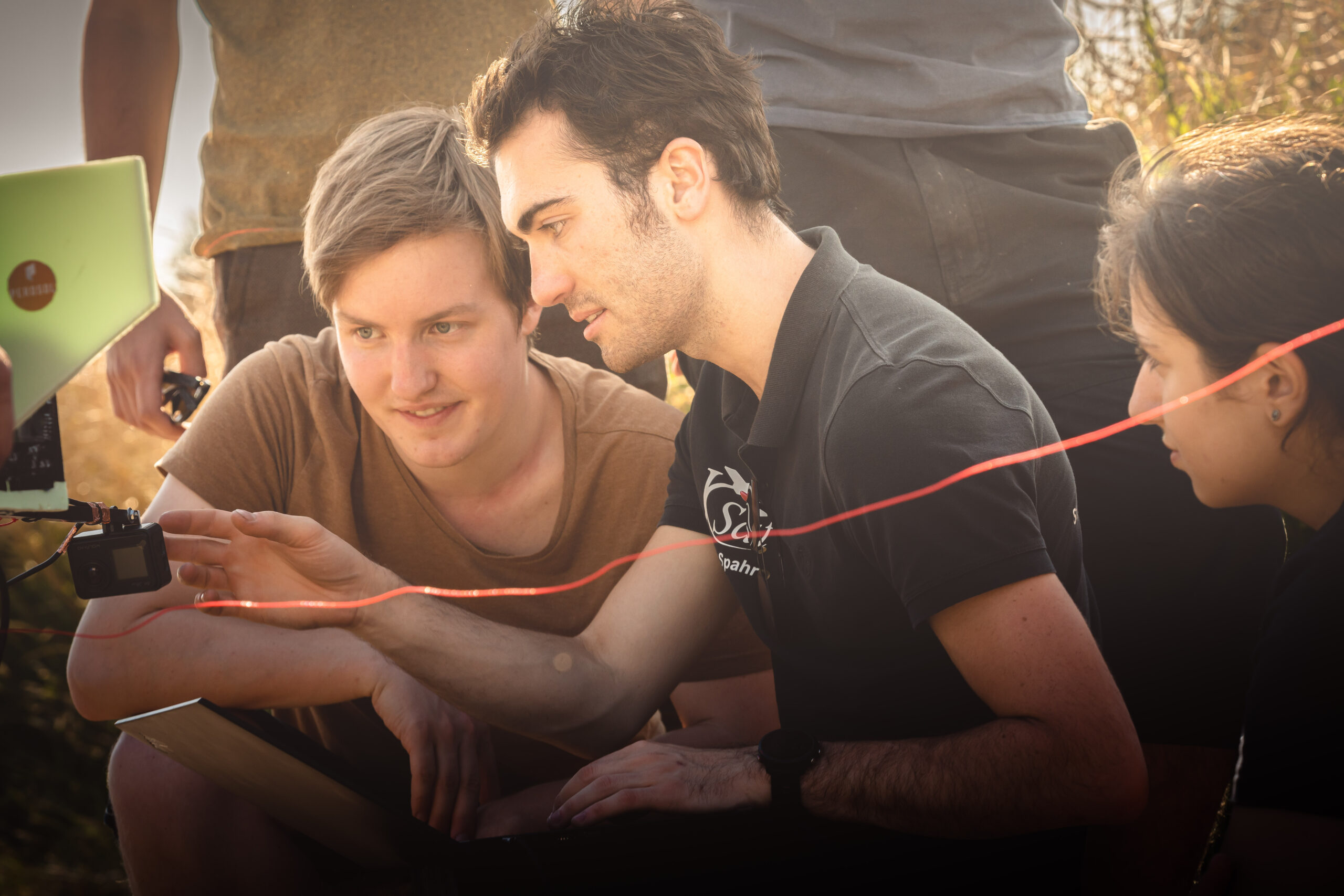
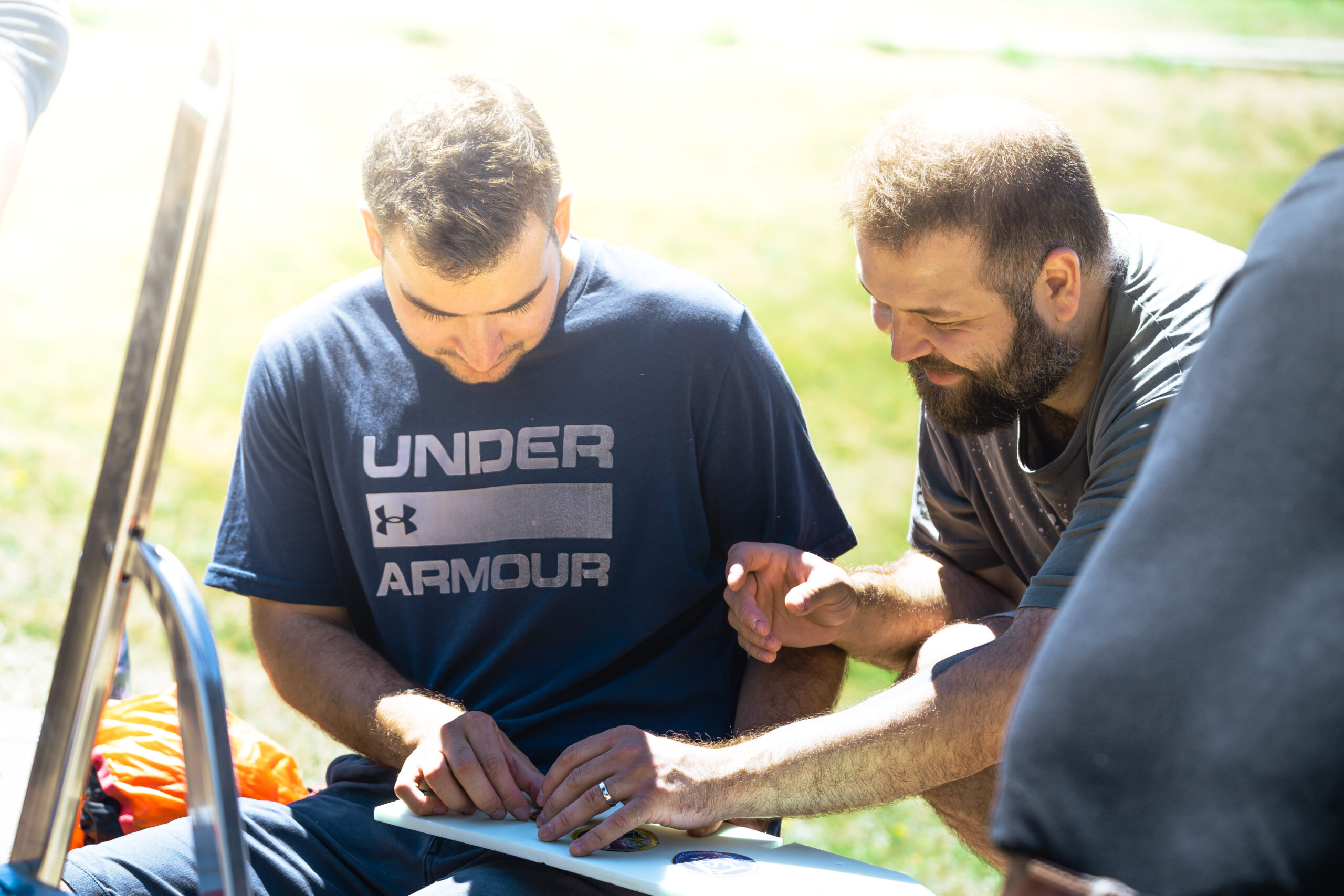
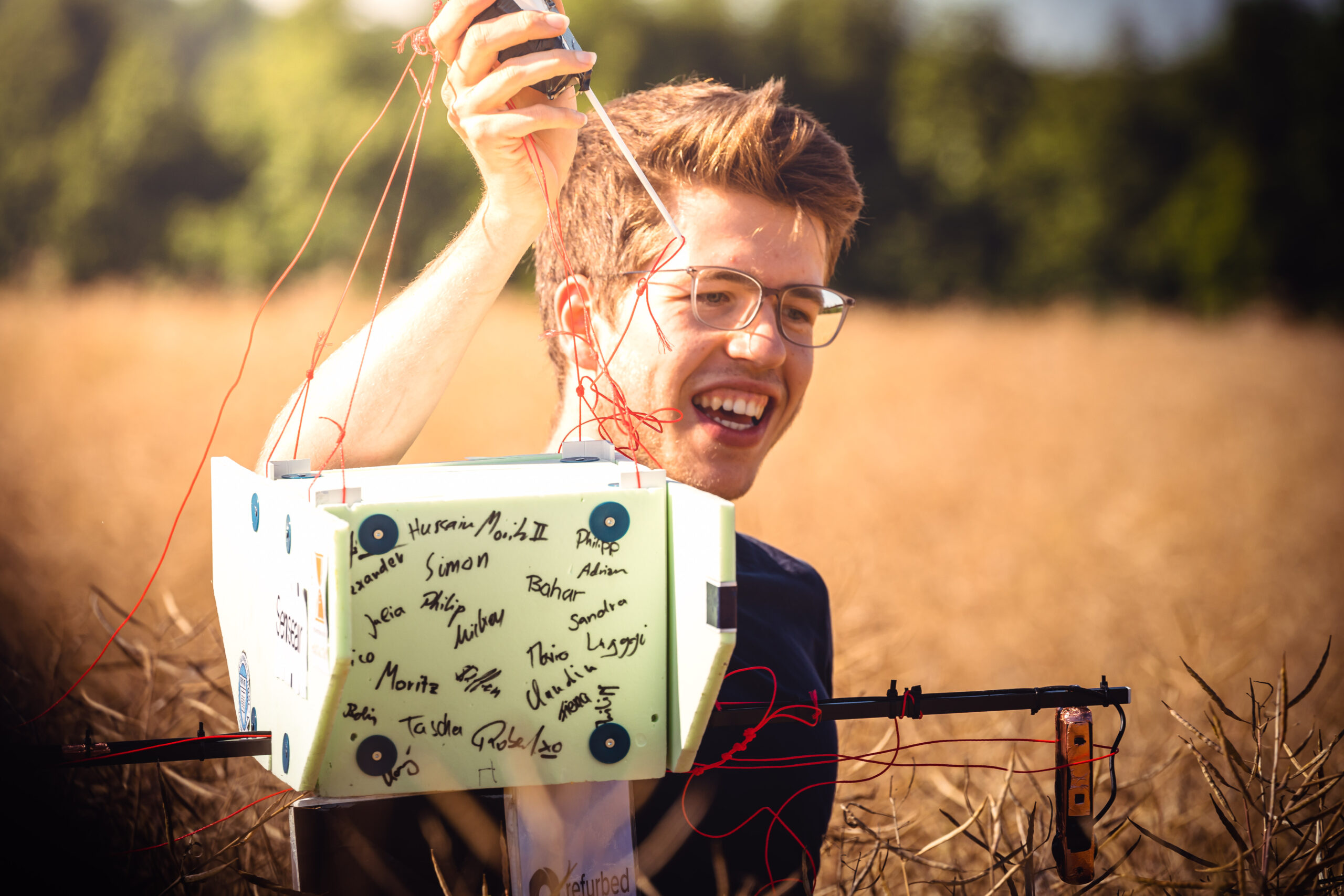

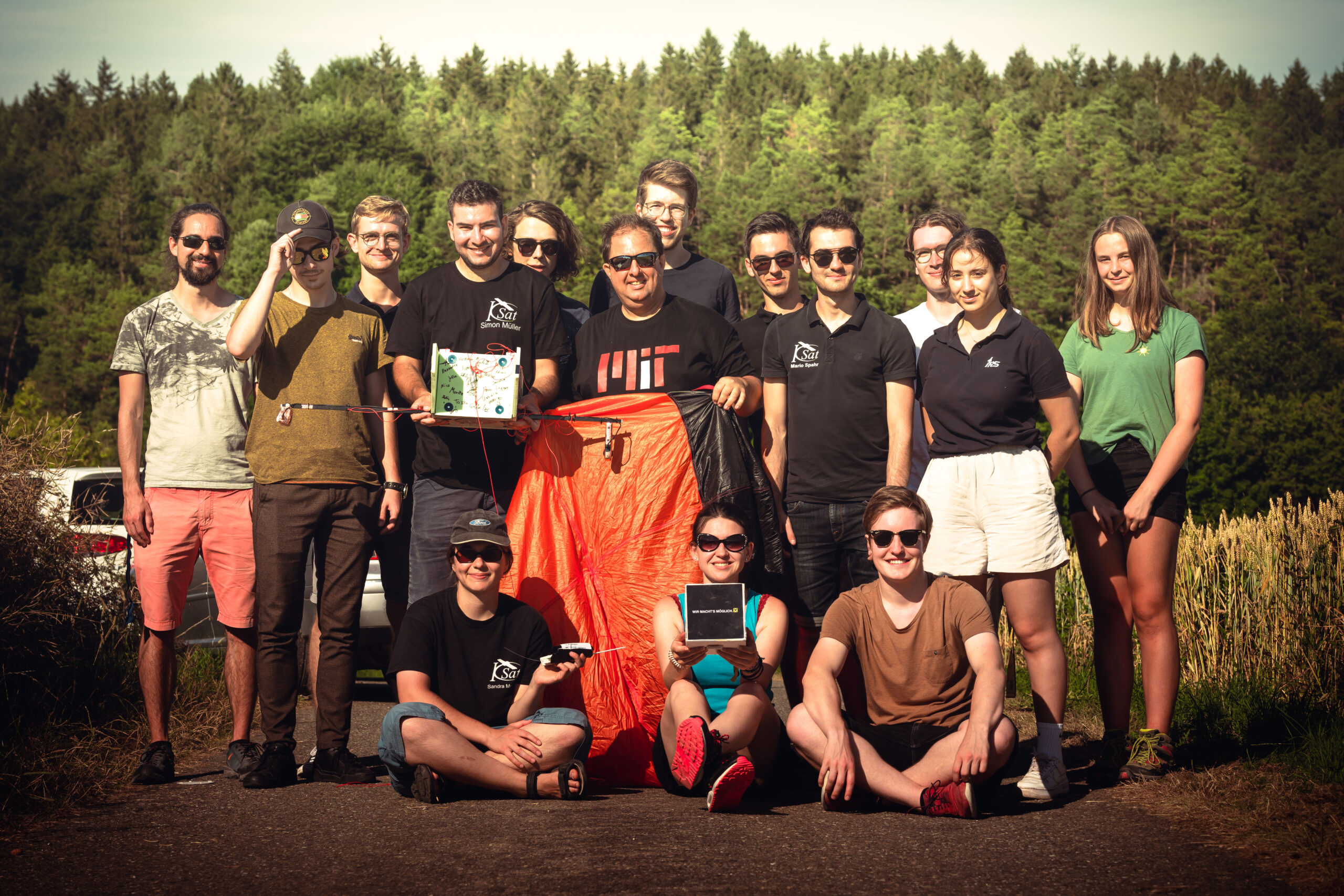
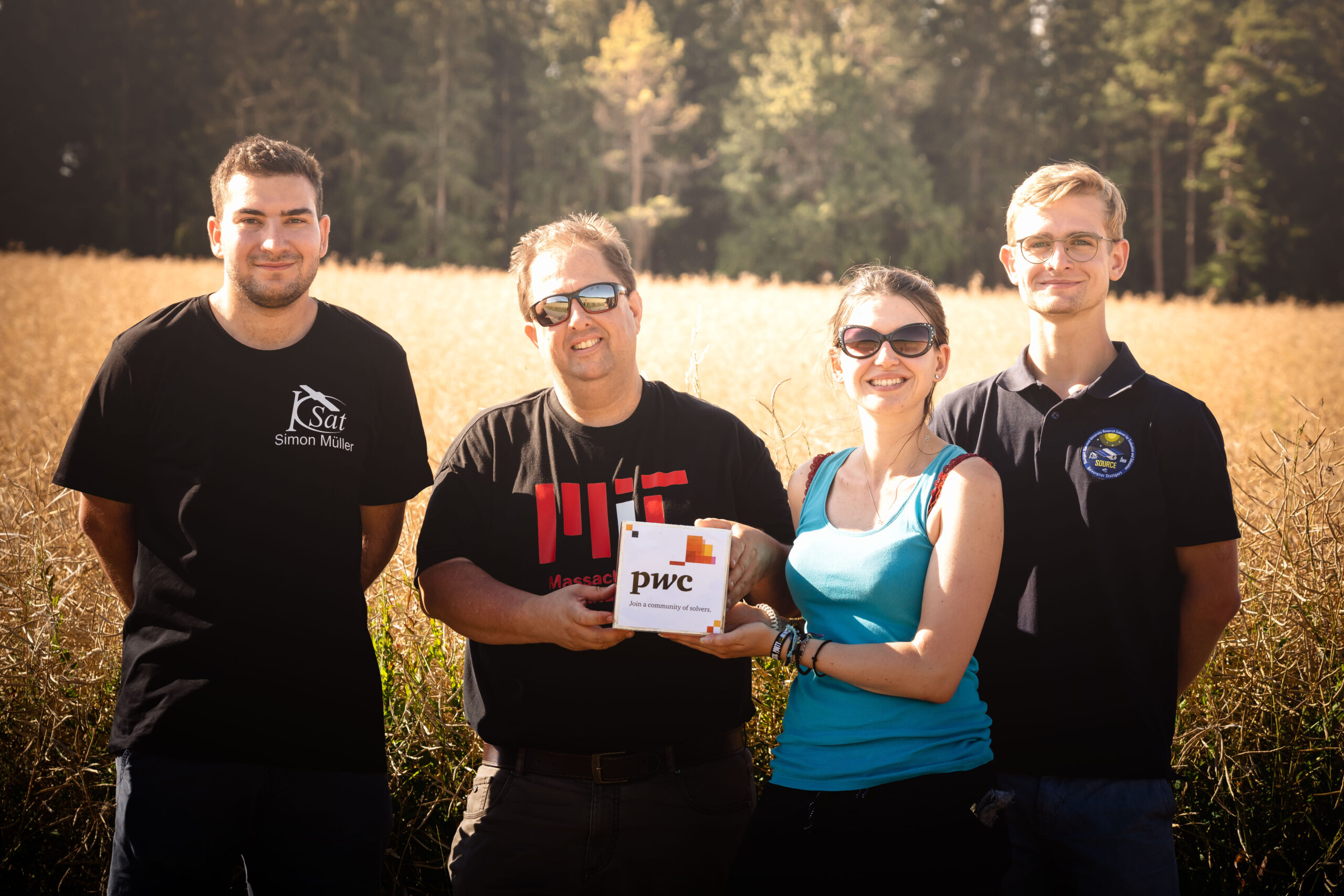
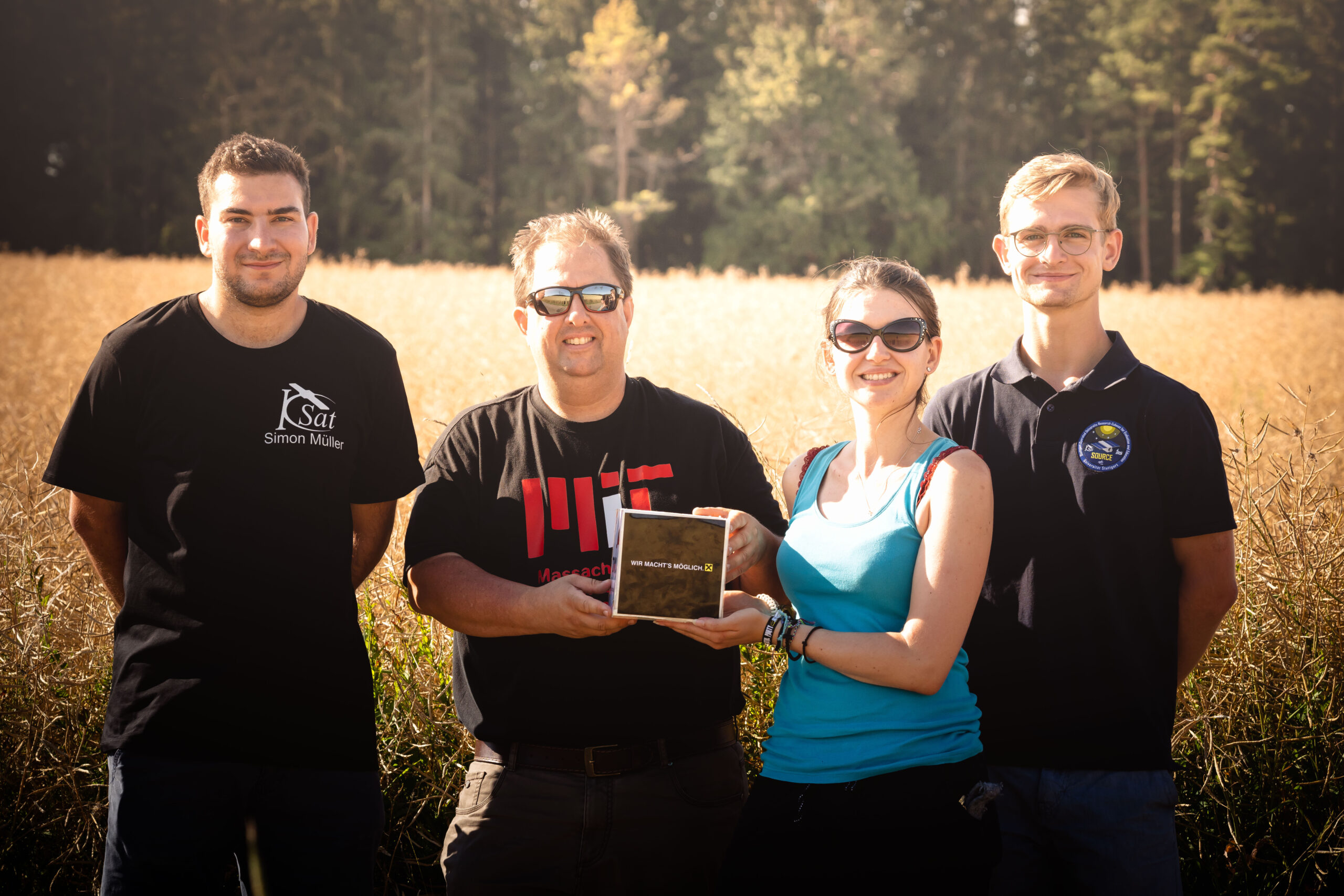



Recent Comments